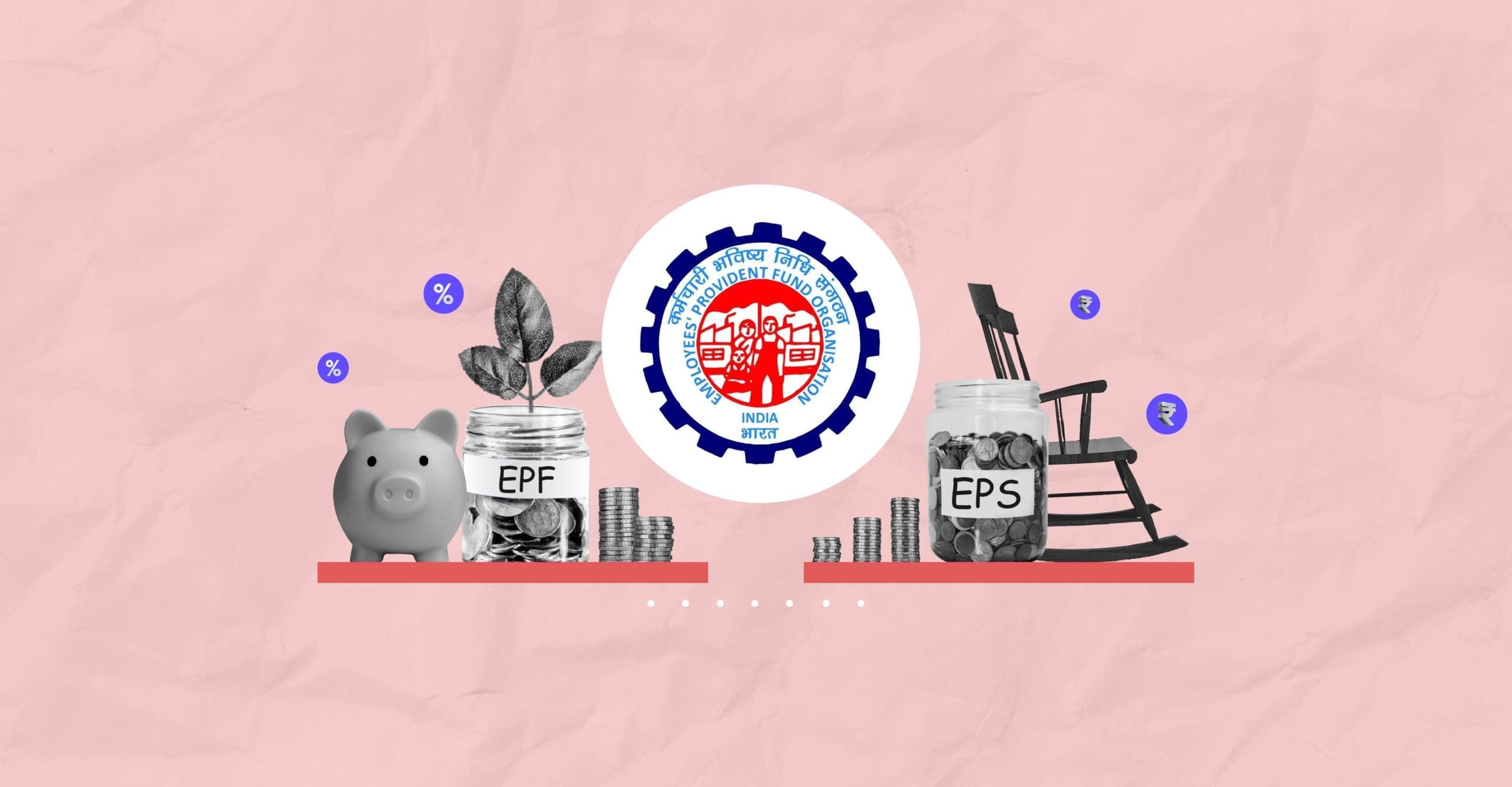With all of these online calculators today, and modern-day equipment, it is never too hard to know how much your returns will be. Calculating is never as hard as it used to be a few years ago. Also, most citizens of the country are employees, and at the rate, the country is growing, we can say that most people work in a company.
When it is a company with over 20 employees, you know that you would fall under the EPF criteria (especially when your salary is above Rs. 15,000.) If you are eligible for EPF, you must know that you contribute to it through your salary. Here is something that would help you know everything about your EPF returns.
Firstly, let’s know our basics.
What is the Employee Provident Fund?
The Employees Provident Fund & Miscellaneous Provisions Act, passed in 1952, established the Employee Provident Fund (EPF), a retirement benefits program. Those who are employed are covered by the program. According to the EPF program, the employer withholds a set amount from the Employee’s pay and puts it in the Employee’s EPF account. The Employee’s EPF account also receives contributions from the employer.
At retirement, the Employee receives a lump payment from the EPF that includes their contributions, the employer’s share, and the interest credited annually. The government periodically evaluates the EPF interest rate.
The Contributions You Make to the Fund
The Employee contributes 12% of his basic pay plus the depreciation allowance to his EPF account. If there are fewer than 20 employees at the firm or if the industry is one of (a) jute, (b) beedi, (c) brick, (d) coir, or (e) guar gum factories, the Employee must contribute 10% less.
The Employee’s EPS (Employees’ Pension Scheme) account receives a contribution from the employer of 8.33%. A furthermore 3.67% is added to the Employee’s Employee Provident Fund account. Additionally, the employer contributes 0.5% of wages to the Employee’s EDLI or the Employees’ Deposit Linked Insurance account.
From the 1st of June 2018, the employer must pay an extra fee for administrative accounts at 0.50%. The minimum administrative cost is 500, and the employer will still be asked to pay a 75 rupees fee if there isn’t a contribution for a given month.
The Rules of EPF Interest
EPFO oversees employee provident fund policy (Employee Provident Fund Organization). The Ministry of Labor and Employment of the Government of India has authority over the EPFO, a social security organization. The EPF Act of 1952 stipulates that interest be credited to the Employee’s EPF account on the monthly balances starting the last day of each fiscal year.
How to Know your Interest in Your Contributions?
Though it is placed into the account after the fiscal year, EPF interest is calculated each month. The following example explains the calculation of the interest rate or amount on the Employee’s EPF. The illustration below demonstrates:
- The EPF interest rate computation for a single employee or the individual’s EPF interest calculation.
- Employee and employer contributions to the EPF.
For instance:
Basic Salary + Dearness Allowance = 15,000
The Employee’s contribution to the EPF = 12% of ₹ 15,000 = ₹ 1,800
The Employer’s contribution to the EPS = 8.33% of ₹ 15,000 = ₹ 1,250
Employer’s contribution towards EPF = Employee’s contribution – Employer’s contribution towards EPS = ₹ 550
Total EPF contribution each month = ₹ 1,800 + ₹ 550 = ₹ 2,350
Interest = 8.10%
What About Inactive Accounts?
The EPFO proposed eliminating interest payments to EPF accounts with minimal or no contributions for more than three years in FY 2011–12. However, in 2016 this judgment was reversed.
As a result, the interest generated at the current rates will be credited to accounts that have been dormant for over three years. However, if your account has become inoperative—that is, after the scheme’s tenure, when you’ve turned 58 but haven’t withdrawn any EPF funds—you won’t be able to earn income.
Your EPF Taxes
EPF contributions and interest were totally tax-exempt up until the year 2020. The Finance Minister, Mrs. Nirmala Sitharaman, has stated that the interest gained on contributions beyond Rs. 2.5 lakh will be taxable if deposits in EPF and VPF (Voluntary Provident Fund) exceed Rs. 2.5 lakh in a financial year. Additionally, assume that the employer does not make any contributions to the EPF account. If so, the interest portion would be waived up to a deposit of Rs. 5 lakh made within that specific financial year.
These new advances are being made to organize tax exemption for those who are in high-income categories.
Conclusion
Did you finally find out how to calculate the interest on your EPF account or a balance? That is all you need to know about these returns and contributions. You would also have to know that your EPF stands very important in terms of investment and retirement plans. When you know everything about your EPF account, you will know exactly how much you get after the closure of your account. This also makes sure that you make the perfect financial plan for this.




Be the first to comment